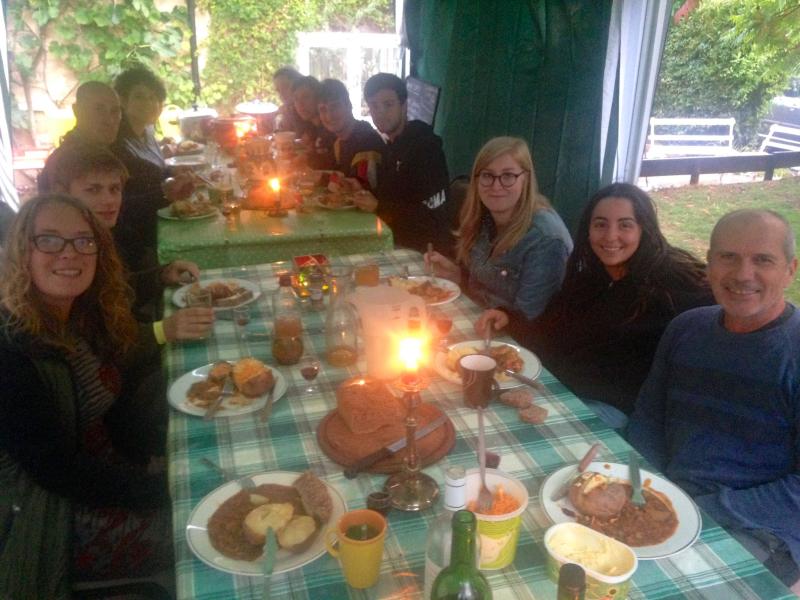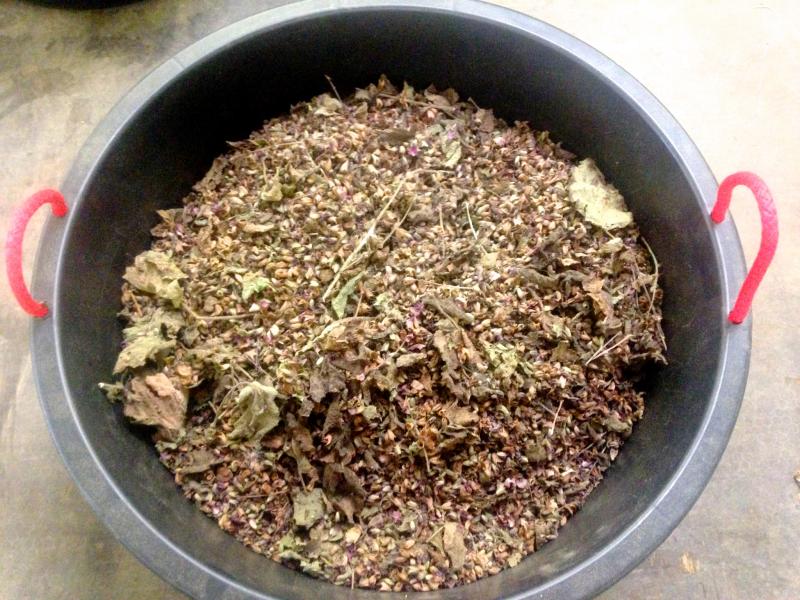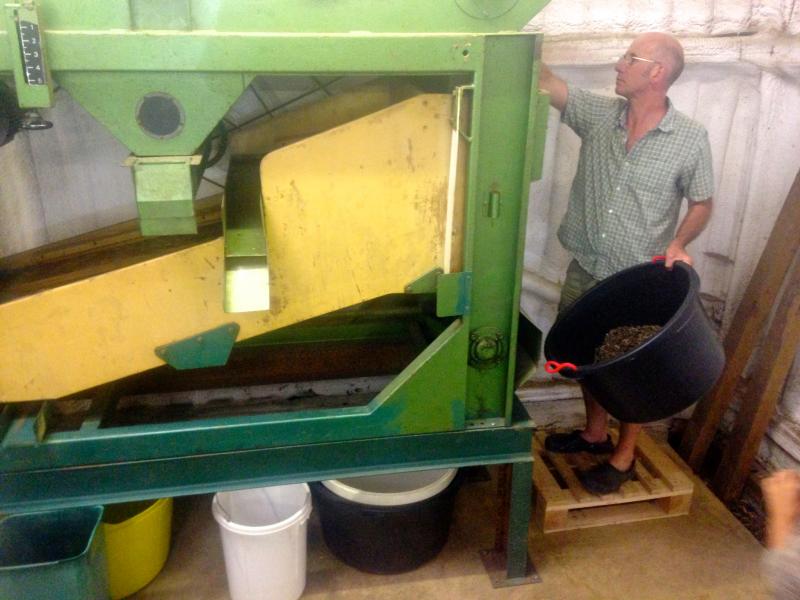September 6th, 2018
by Elsa Nuñez and Vanessa Wyns
A group of us visited the Gosberton Bank Nursery, which is a community owned seed co-operative selling organic and biodynamic seeds that are both grown on-site and imported from a small network of farmers in the U.K. and mainland Europe. The project is run by David Price and Kate Ayre, who, together with the WWOOFers that they routinely host, manage the 24-acre property and seed shop. Gosberton specialises in open pollinated seeds, in contrast with larger companies that tend to favour F1 hybrids. Before conducting interviews, David and Kate gave us a tour of their facilities, which include a collection of greenhouses and polytunnels, a large warehouse with seed processing machinery, a seed repository, and a germination room. They shared with us information about the differences between various seed types, the importance of seed sovereignty, their hopes for a more connected food system in the future, and details about current projects in which they are involved (e.g. looking into developing a blight resistant U.K. tomato variety). In addition to the interviews and farm tour, we helped process a batch of dried clary sage (Salvia sclarea L.), passing it first through a machine called the “thrasher,” and later processing it further through another machine, which separated the seeds from the rest of the dried plant parts. After a warm send-off, we returned to Stamford, enjoyed a candle-lit dinner together, and spent the evening playing games, singing songs, and sharing stories.
 Today we visited an organic farm run by Stephen and Lynn Briggs. When we arrived, we went to a meeting room where Stephen and Lynn explained the farm’s origins, as well how it currently operates.
Today we visited an organic farm run by Stephen and Lynn Briggs. When we arrived, we went to a meeting room where Stephen and Lynn explained the farm’s origins, as well how it currently operates.
Whitehall favours agroforestry, which is a polyculture technique wherein tree crops are interspersed with field scale crops. The farm produces mainly cereals, which it supplements with a selection of apple tree varieties and field scale vegetable crops such as leeks, broccoli, and beetroot. After having lunch together in the meeting room, we interviewed Stephen and then visited and videotaped the different parts of the farm. Additionally, we conducted a second interview and got footage of the on-site store. Then we returned to the house to edit the videos and continue working. Before concluding for the day, we held a group meeting to evaluate how the project was progressing.




